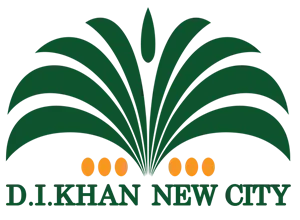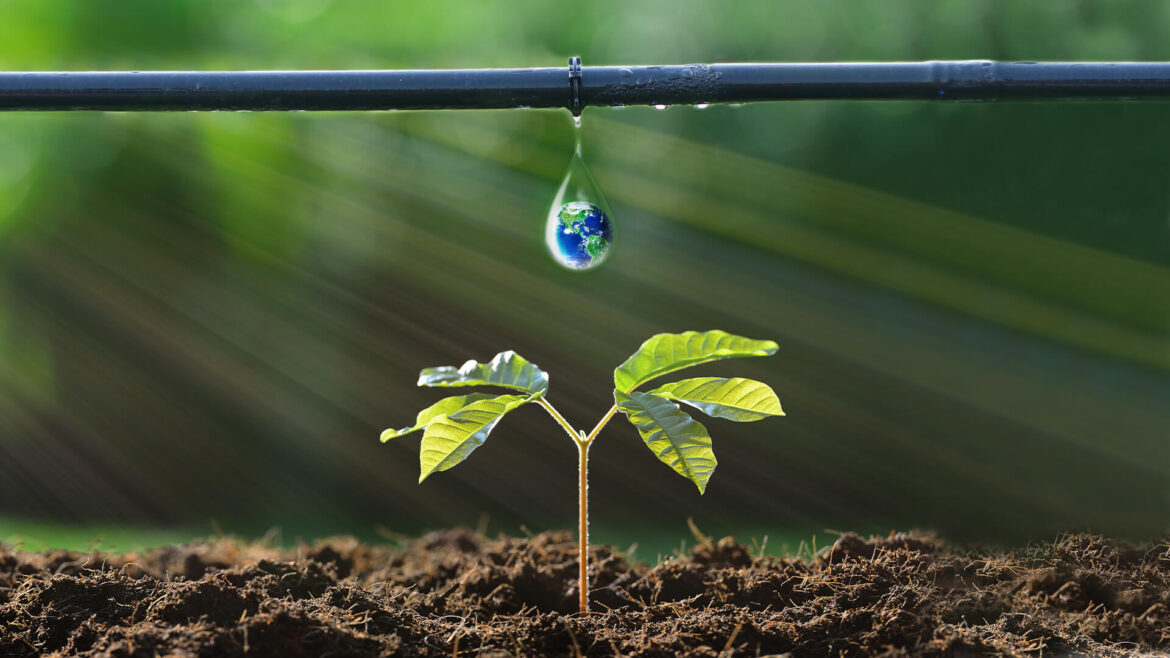D.I. Khan New City is progressing sustainable development with a state-of-the-art dribble water system framework. This initiative focuses on creating an eco-friendly metropolitan climate, saving water, and improving green spaces. In this blog, we’ll explore the preparation and initial steps involved in bringing this innovative project to life.
Understanding Drip Irrigation:
Drip irrigation is a highly efficient method of watering plants by delivering water directly to the roots, minimizing waste and maximizing plant health. Unlike traditional irrigation systems, drip irrigation uses less water and reduces evaporation, making it ideal for the arid climate of D.I. Khan. Here’s a step-by-step breakdown of how the system work:
-
-
Water Source Connection:
Starting with a water source, such as a well or storage tank, connected to the supply pipe is how the system begins its operation. Water flows through this pipe and undergoes filtration to avoid blockages along the way.
-
Mainline Distribution:
Water flows from the pipeline into smaller lateral pipes constructed of durable plastic tubing that are strategically placed near the plants, in the fields.
-
Emitters or Drippers:
Small emitters or drippers are strategically positioned along the lines to release water gradually and consistently at the base of each plant to facilitate soil moisture absorption without overflow or wastage of water content, with the aim of reducing evaporation and promoting profound soil infiltration.
-
Pressure Regulation and Control:
To maintain a water flow across the system a pressure regulator is employed. Control valves aid, in adjusting the rate of water distribution facilitating the management of irrigation according to crop requirements and weather conditions.
-
Automation and Monitoring:
Advanced drip irrigation systems may use timers and sensors to schedule watering times and improve efficiency by reducing the need for manual labor, in the process of irrigation.
-
Planning and Preparation:
Before the installation could begin, our team conducted thorough research and planning to ensure the system would be both effective and sustainable. We collaborated with experts in irrigation technology and local environmental specialists to tailor the system to the specific needs of D.I. Khan’s landscape.
Sustainability Goals:
This project is part of a broader effort to reduce water consumption in D.I. Khan New City. By adopting drip irrigation, we aim to decrease water usage by up to 50% in green areas, contributing to a more sustainable environment for our residents.
Conclusion:
As we embark on this journey, the groundwork is being laid for a greener, more sustainable future. Stay tuned for the next blog, where we’ll dive into the technical aspects of installing this cutting-edge irrigation system.

